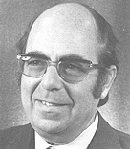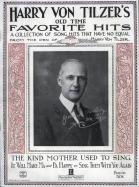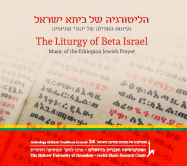(360 results found)
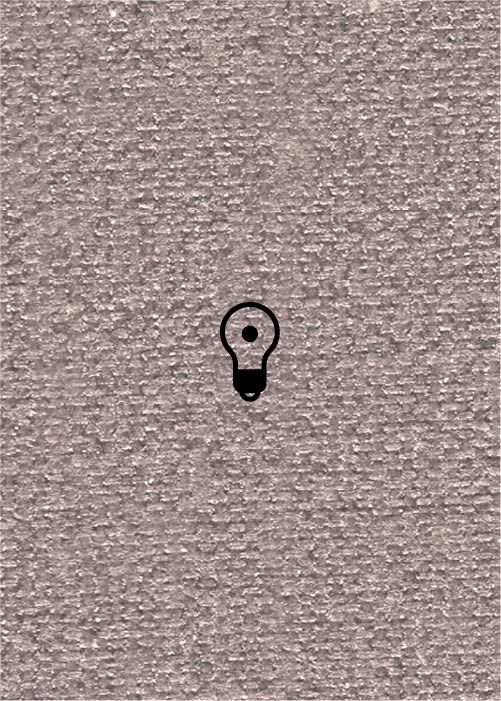
Freylekhs fun der khupe (LKT)
… canopy). At the same time, freylekhs refers to a general dance ...” Rubin 1997, p. 18 . ( Recording references …
Haim (Heinz) Alexander
… style – modal chromaticism – as in his lively six Israeli Dances (1950), and after the “musical shock” (his own term) …

Passport to Jewish Music: its History, Traditions and Culture
… … Greenwood Press … Contributions to the study of music and dance … … 1994 … Jewish music … Research … History … Music …

Vingerka (LKT)
… , Waltz , forms of popular Russian, Polish, and Rumanian dances.” EncyJud 1971, p. 1266 . “ The Quadrille and … Bulgar, Pas d’Espagne, Vingerka : derived from the national dances o other countries (Russia, Poland, Roumania, etc.).” …
Harry Von Tilzer
… 'mammy song,' songs about Ireland, songs about the South, dance songs, and many more. In fact, Tilzer's song 'The … was an important catalyst for the rising popularity of the dance song genre in the 1910's. He subsequently wrote many …

יהודי תימן שירתם ונגינתם
… a detailed description of wedding celebrations and of the dance style of Yemenite men. Chapter 3 describes the … … Traditions … 1 … 1918 … Liturgy … Wedding … Customs … Dance … History … Paraliturgy … Poetry … Score … Scores … …

Italy: Salamone de Rossi -Between Worlds
… … Tel Ad Production Company … … 1995 … Music … Baroque … Dance … Synagogue … Synagogue music … Art Music … Art … …
Aaron Copland
… score, the ballet Grogh. His early works such as Dance Symphony (1929) , Short Symphony (1933) , Music for …
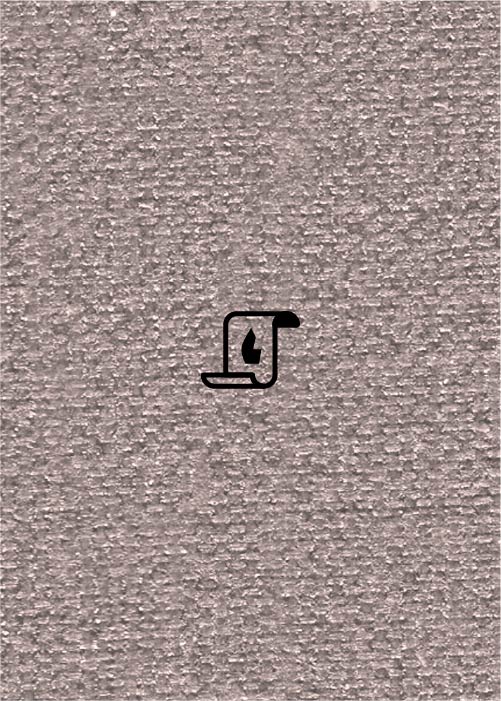
סוחר-צמר-פילוסוף יהודי במוצול דן במוסיקה בהשראת צפייה בריקוד צוּפי
… Mosul Discusses Music Under the Impact of Watching a Sufi Dance Ms. Evr.-Arab. 1:1679 of the Russian National Library … whom he was traveling (in 978/9 CE), he witnessed a Sufi dance accompanied by song with a beautiful melody. This …
Yǝtbārek… wanevāvo
… very brief and unmeasured, is antiphonal. It leads to a dance song in the hemiola pattern, marked by the stamping of …



